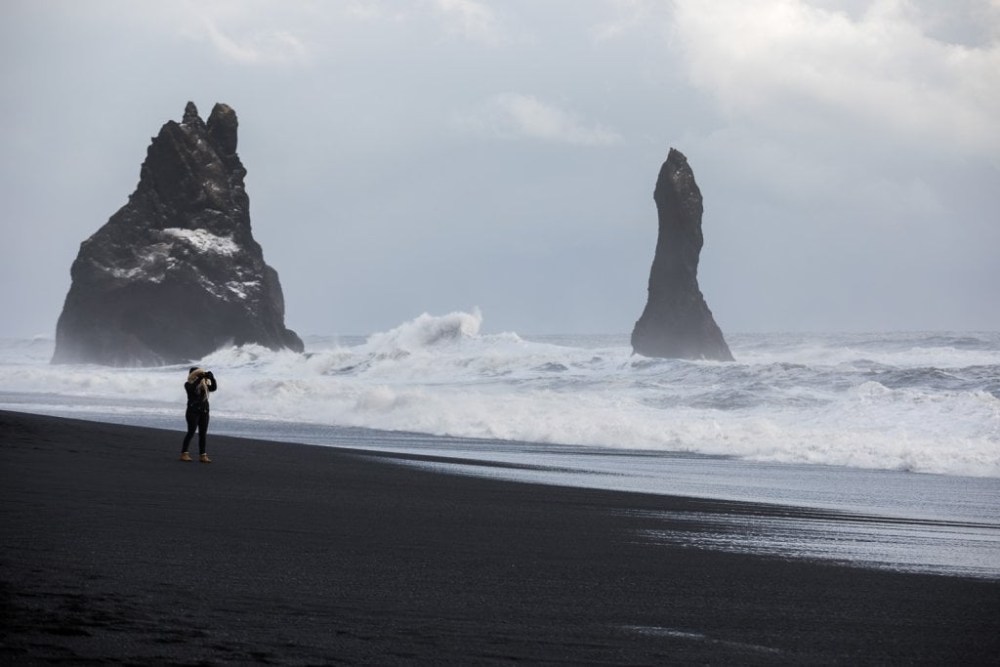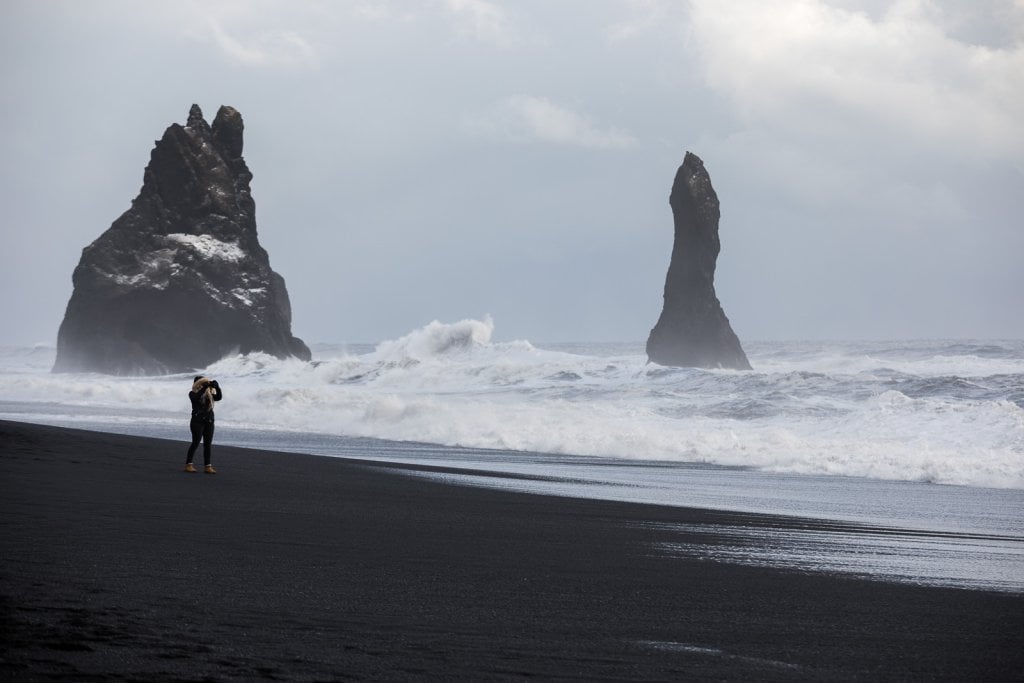

A nine-year-old girl from Germany died at Reynisfjara beach on Saturday, August 2, reports RÚV.
The girl was swept into the sea, and although the Icelandic Coast Guard helicopter took off 26 minutes after the emergency call, she was only located two hours after entering the water. Despite immediate rescue efforts and transportation to the hospital, she was pronounced dead. Her father and sister also entered the water but managed to escape unharmed. The South Iceland Police are conducting an ongoing investigation into the incident.
Reynisfjara is a notoriously dangerous beach, known for its sneaker waves that often appear without warning. Over the years, multiple accidents and six fatalities have occurred there, leading to the installation of a warning light system following a fatal accident in 2022.
Calls for stronger safety measures
Following the accident, Arnar Már Ólafsson, Director of Tourism in Iceland, stressed the need for more decisive action to improve safety at Reynisfjara. “It is clear that something must be done — bigger steps rather than smaller ones. A meeting is scheduled this week, where landowners, police, and the tourism board will discuss the issue,” he said.
The warning lights were yellow on the day of the accident, despite the obviously hazardous conditions. Arnar suggested lowering the criteria for the warnings so that red lights, which would trigger beach closures, would be activated more frequently.
While generally opposed to closing tourist sites, he believes that when the warning lights are red, access to the beach should be restricted to prevent visitors from reaching particularly dangerous areas, especially near the rock formations where strong currents occur.
Legal concerns over tourist safety
Professor Róbert Spanó of the University of Iceland’s Faculty of Law has warned that the Icelandic state could be found in violation of the European Convention on Human Rights if accidents continue to happen at popular tourist sites without sufficient safety measures.
In an opinion piece published on Vísir, Róbert highlighted that the rapid growth in tourism has led to an increase in accidents and fatalities, calling for a clearer legal framework to define responsibility and safety regulations at such locations.
“There is an ongoing discussion that reveals uncertainty over where responsibility lies and what rules apply. In a country with beautiful yet unpredictable nature like ours, these matters need clear and fixed procedures,” he said.
He noted that, under certain circumstances, a lack of clear regulations and procedures could constitute a breach of the state’s obligations under Article 2 of the Convention, which safeguards the right to life.
